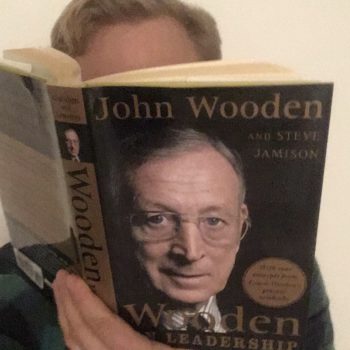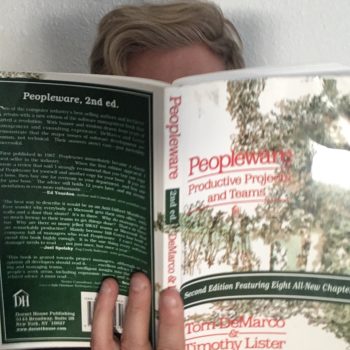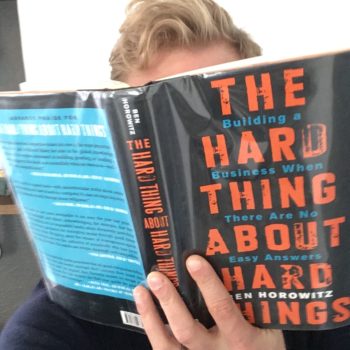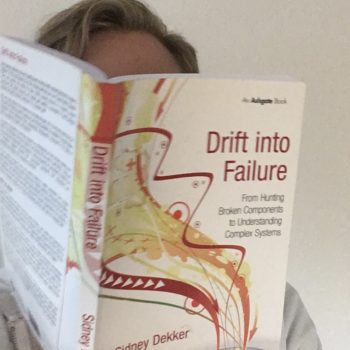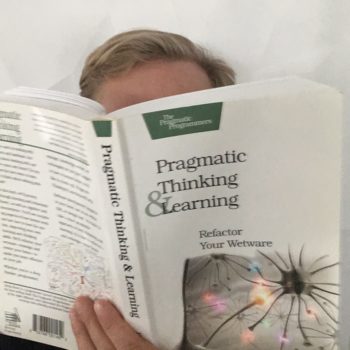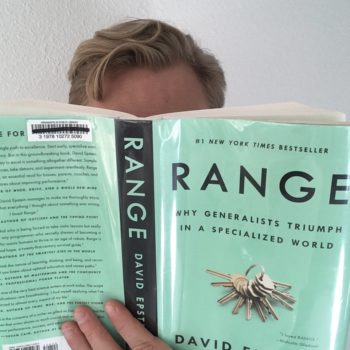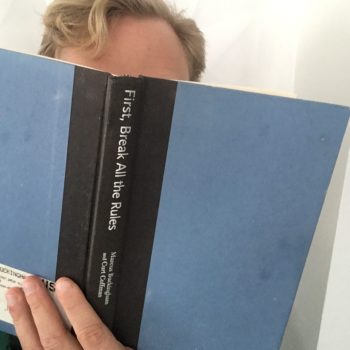
First, Break All the Rules
What the World's Greatest Managers Do Differently
Categories:
Favorite,
CTO,
Engineering Manager,
Tech Recruiter
How strongly do I recommend First, Break All the Rules?
8 / 10
Review of First, Break All the Rules
First, Break All the Rules has played a significant role toward improving candidate interviews and employee performance reviews.
Talent is a recurring pattern of thought, feeling, or behavior that can be productively applied
My favorite part of this book is the definition of talent: Talent is a recurring pattern of thought, feeling, or behavior that can be productively applied. In other words, talents are habits we can use to our benefit.
Using this definition of talent has been transformational for my approach to managing people and hiring.
In the hiring process, I now execute a talent interview. During this interview, I specifically emphasize the “recurring” piece of the definition and this is where my approach differs slightly from a behavioral interview, which typically focuses on one example.
I’m looking for themes that come up across multiple projects. For instance, a candidate that mentions monitoring systems across her projects may have a talent for building reliable and resilient systems.
That brings us to a Engineering Talent Matrix.
I use an Engineering Talent Matrix in two ways. First, during performance reviews to understand what talents my employees have. Across the X axis, I list my employees. Across the Y axis, I list potential talents like:
- Following direction
- Dogfooding
- Developing interactive experiences
- Staying current with new technologies
- Monitoring
- Optimizing for conversions and churn
- Cleaning up and refactoring
- Engineering data systems
- Automating systems
- Securing systems
- Innovating
- Energizing the team
- Enhancing team productivity
- Planning around tech debt and opportunities
- Managing projects
- Reducing WIP
- Driving business outcomes
Where an employee has a talent, I make a note about how that can be productively applied within our context. For instance, one engineer on my team has a talent for staying on top of new technologies. He can use that talent to drive innovation within our company, opening up new opportunities for the business.
A Talent Matrix can also be used by managers within needs analysis and resource planning.
Let’s say you have a series of upcoming projects with high UX/UI expectations. You can look at your current roster to see who has a talent for building engaging and interactive experiences. If you don’t have someone, you might need to hire.
People don’t change much and we spend too much energy forcing change
The authors point out something we managers hate to admit – people don’t change much.
We sometimes call these growth areas. In many cases, we’re using a positive spin to avoid confrontation. Deep down, we know that the disorganized person isn’t going to transform into a highly organized person capable of managing complex projects.
However, managers need to be careful and differentiate between skills, knowledge, and talent. While talent doesn’t change too much, skills and knowledge can drastically improve.
Focus on building skills and knowledge, but don’t try changing the person. Like any relationship, trying to change who someone fundamentally is will lead to disaster.
Performance happens when roles match talents
Talent alone isn’t enough. Talent needs opportunity and in a work context, opportunities exist as roles.
When managers align talents to roles, we open the door for high performance.
Aligning talent to roles empowers our people with superhuman capabilities. It’s the difference between walking through the airport on the ground vs. a moving walkway. Definitions of superhuman may vary.
Roles also don’t need permanence. In fact, most roles start out either informally or project based.
On a recent project, I assigned one of my engineers with a talent for research to perform a pre-project analysis of third party integration partners. She nailed it and that set the project up for success. But I didn’t assign her a permanent research role.
Study excellence more than failure
We’ve all heard the phrase, “Those who do not learn history are doomed to repeat it.”
While studying failure is important, we should spend more time studying excellence and success. In other words, more Peopleware than Drift Into Failure.
Specifically, I think it’s important to study the treacherous rise to success. For instance, I don’t really care how Nike operates now. But I’m really interested to hear how Blue Ribbon Sports became Nike.

